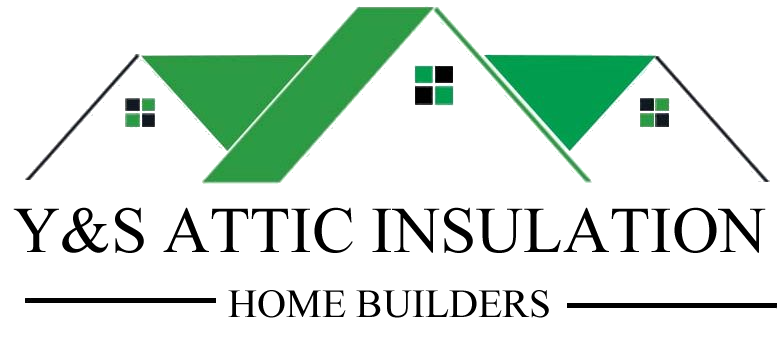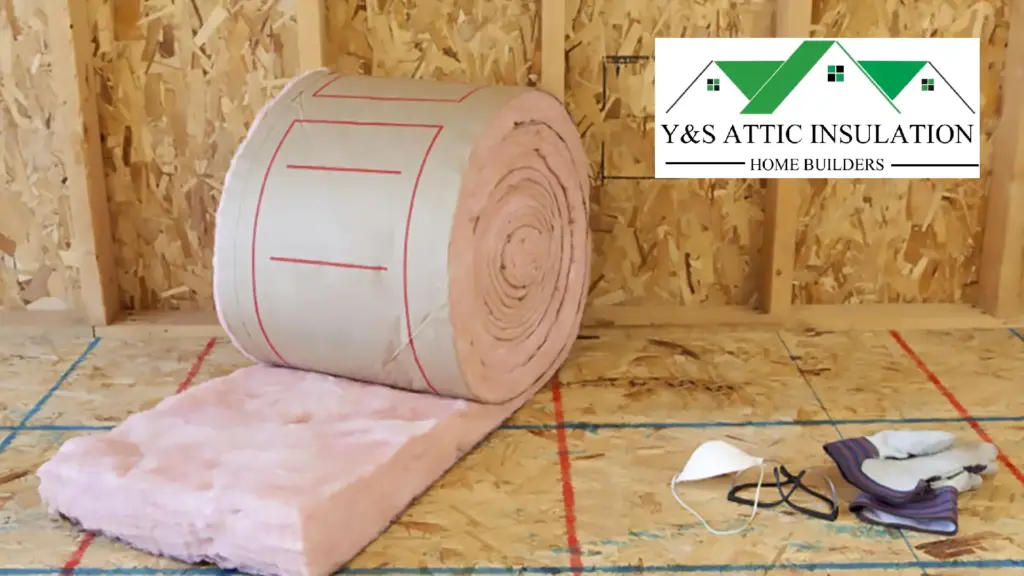Proper insulation installation is essential for improving your home’s energy efficiency, comfort, and reducing utility bills. However, many homeowners make common mistakes during the installation process that can lead to costly problems down the road. Avoiding these errors can ensure that your insulation performs effectively and delivers long-term savings. Here are some of the most frequent mistakes to watch out for during insulation installation.
Choosing the Wrong Type of Insulation
One of the most common mistakes in insulation installation is selecting the wrong type of insulation for your home. Different areas of your house—such as the attic, walls, and basement—may require different types of insulation, each with a specific R-value, which measures thermal resistance. Using the wrong material or insufficient R-value can result in poor insulation, leading to higher energy bills. Consulting with a professional to choose the right insulation for your home’s needs can prevent this costly mistake.
Inadequate Coverage and Gaps
Another major issue during insulation installation is leaving gaps or not providing adequate coverage. Even small gaps between insulation materials can allow heat to escape, reducing the effectiveness of the insulation. This can result in cold drafts during the winter or hot spots during the summer, forcing your HVAC system to work harder. Ensuring complete and proper coverage without gaps is key to maximizing energy efficiency and saving money in the long run.
Compressing Insulation
It’s a common misconception that compressing insulation will improve its performance, but this can actually have the opposite effect. Insulation needs to maintain its thickness and loft to work effectively. When compressed, its ability to trap air and resist heat transfer is reduced, compromising its insulating power. During insulation installation, it’s important to avoid squashing or overstuffing the insulation material, especially in tight spaces like attics and wall cavities.
Ignoring Moisture Control
Proper moisture control is critical during insulation installation, particularly in areas prone to humidity or water leaks, such as basements or crawl spaces. Failing to address moisture issues can lead to mold growth, rotting materials, and reduced insulation performance. Installing vapor barriers and ensuring proper ventilation are essential steps to protect your insulation and prevent costly damage in the future.
Overlooking Air Sealing
While insulation is designed to reduce heat transfer, it cannot stop air leaks. Overlooking air sealing around windows, doors, and other openings can lead to significant energy loss. Pairing proper insulation installation with air sealing ensures that your home remains energy-efficient, preventing conditioned air from escaping and reducing your energy bills.
Learn more about Insulation installation:
The Long-Term Benefits of Insulation Installation for Home Comfort

